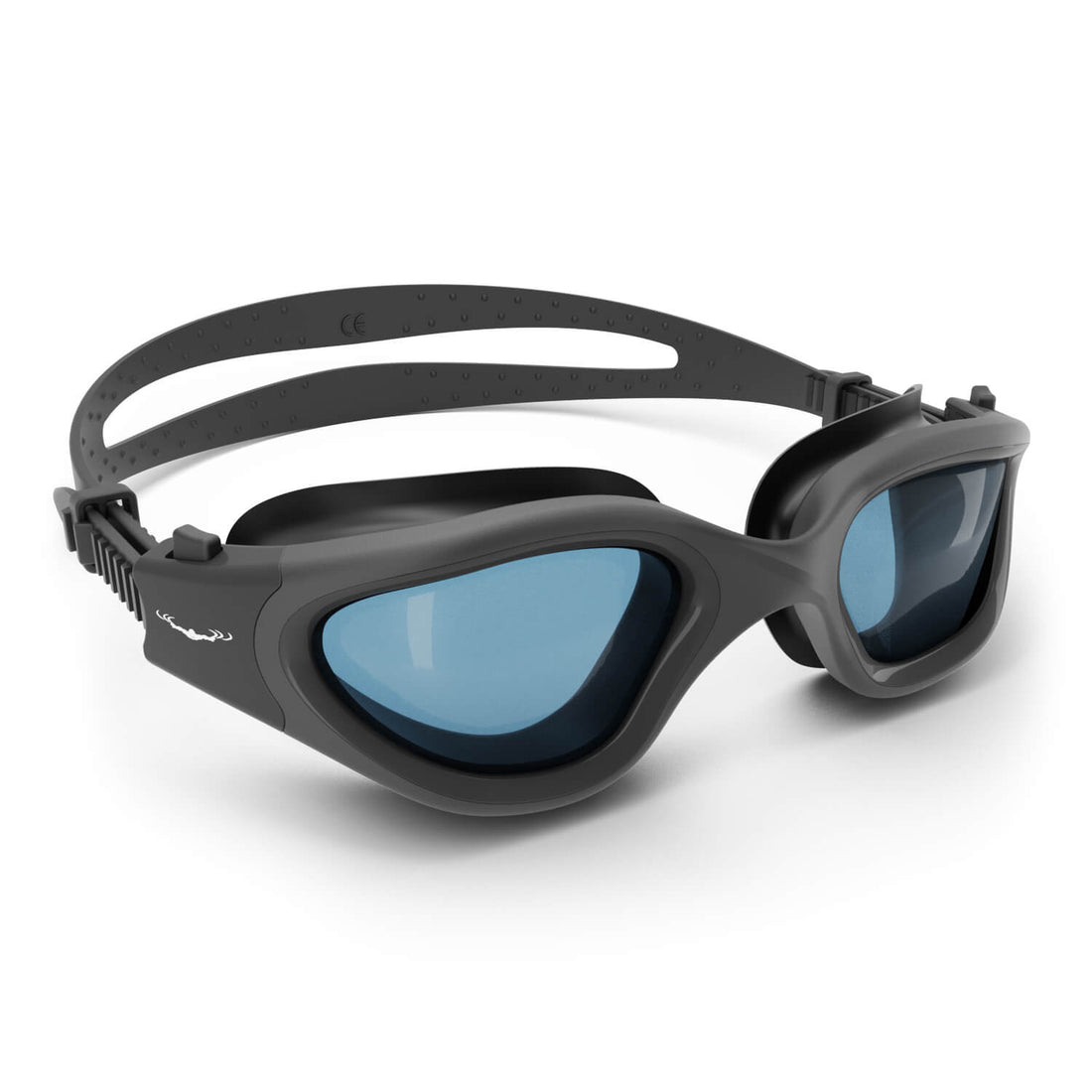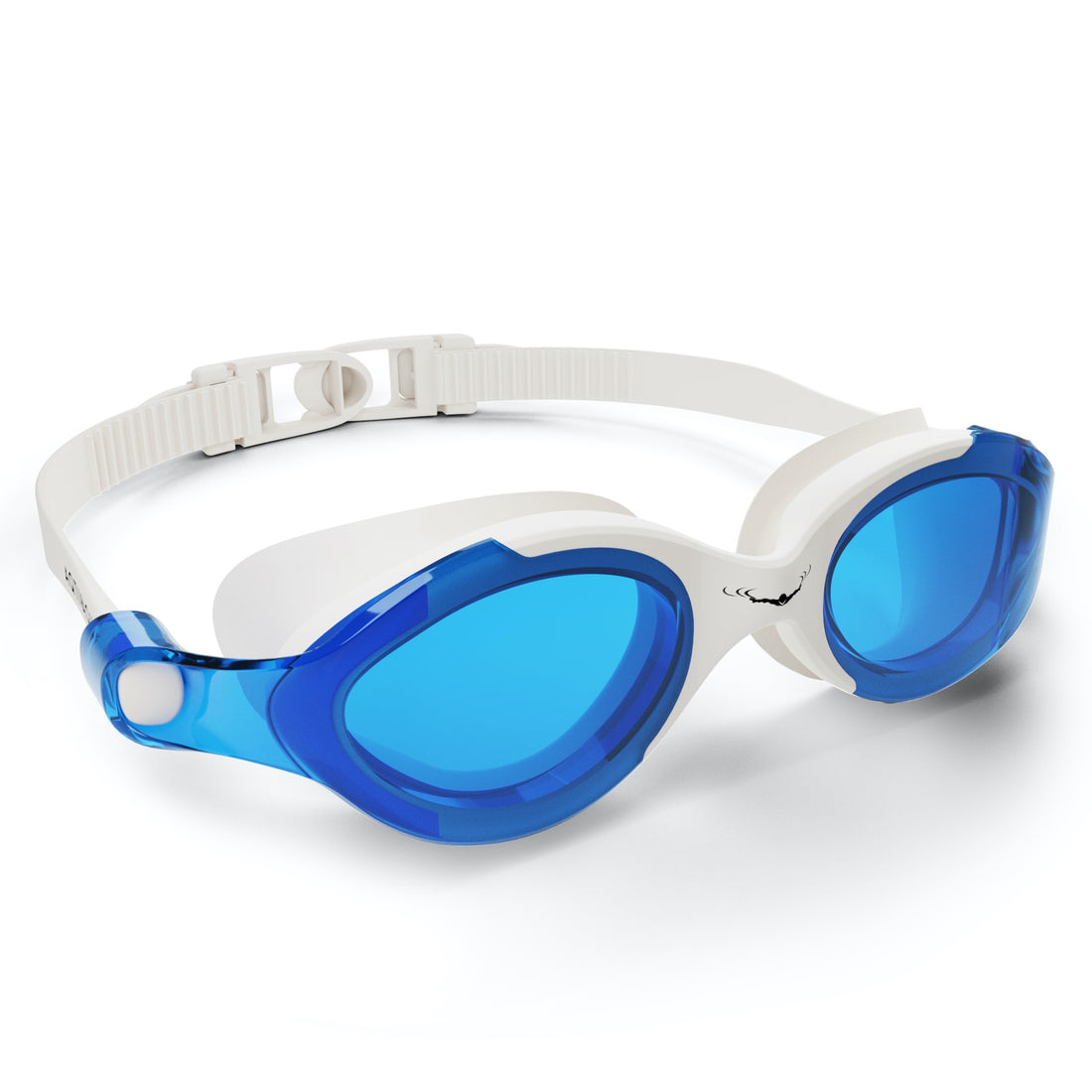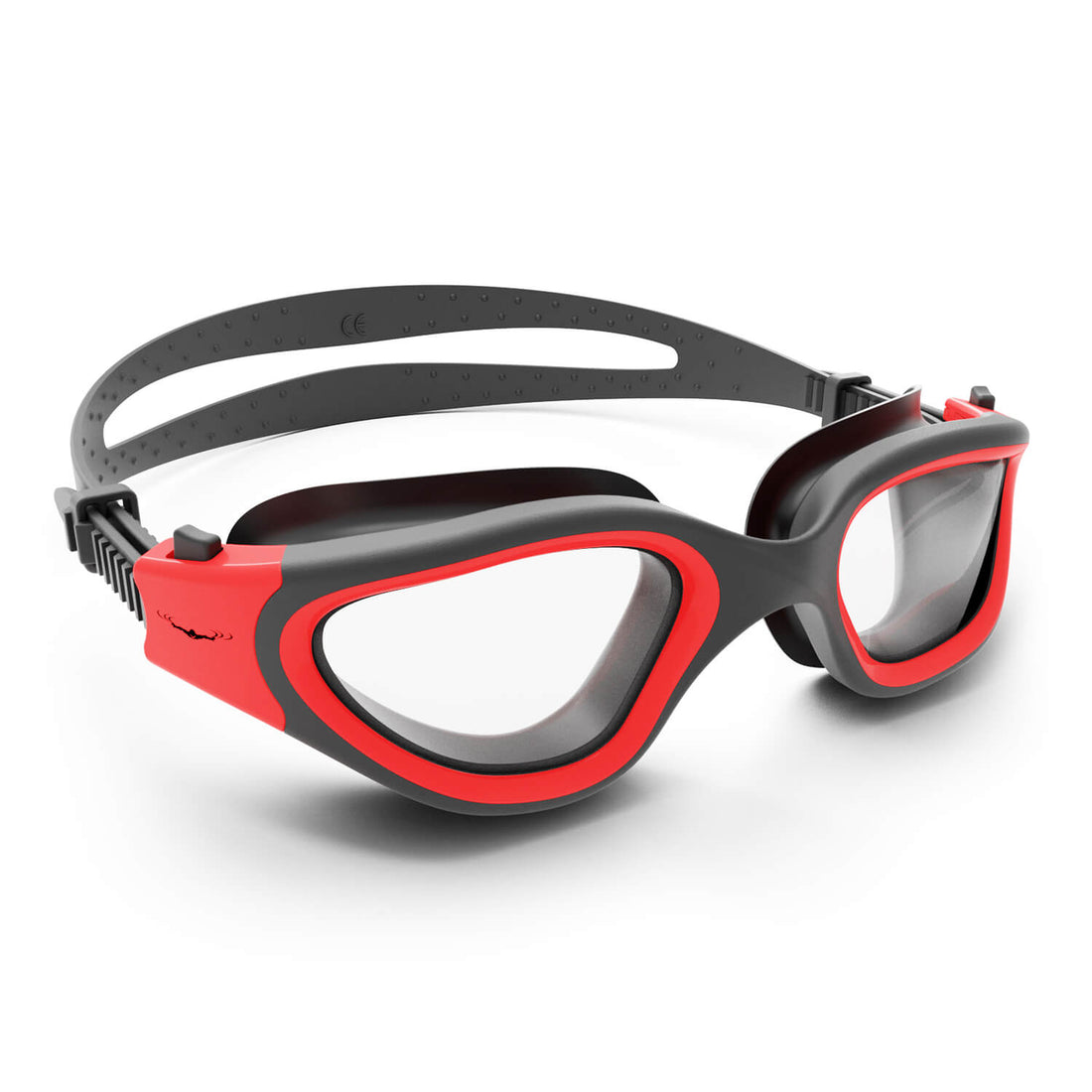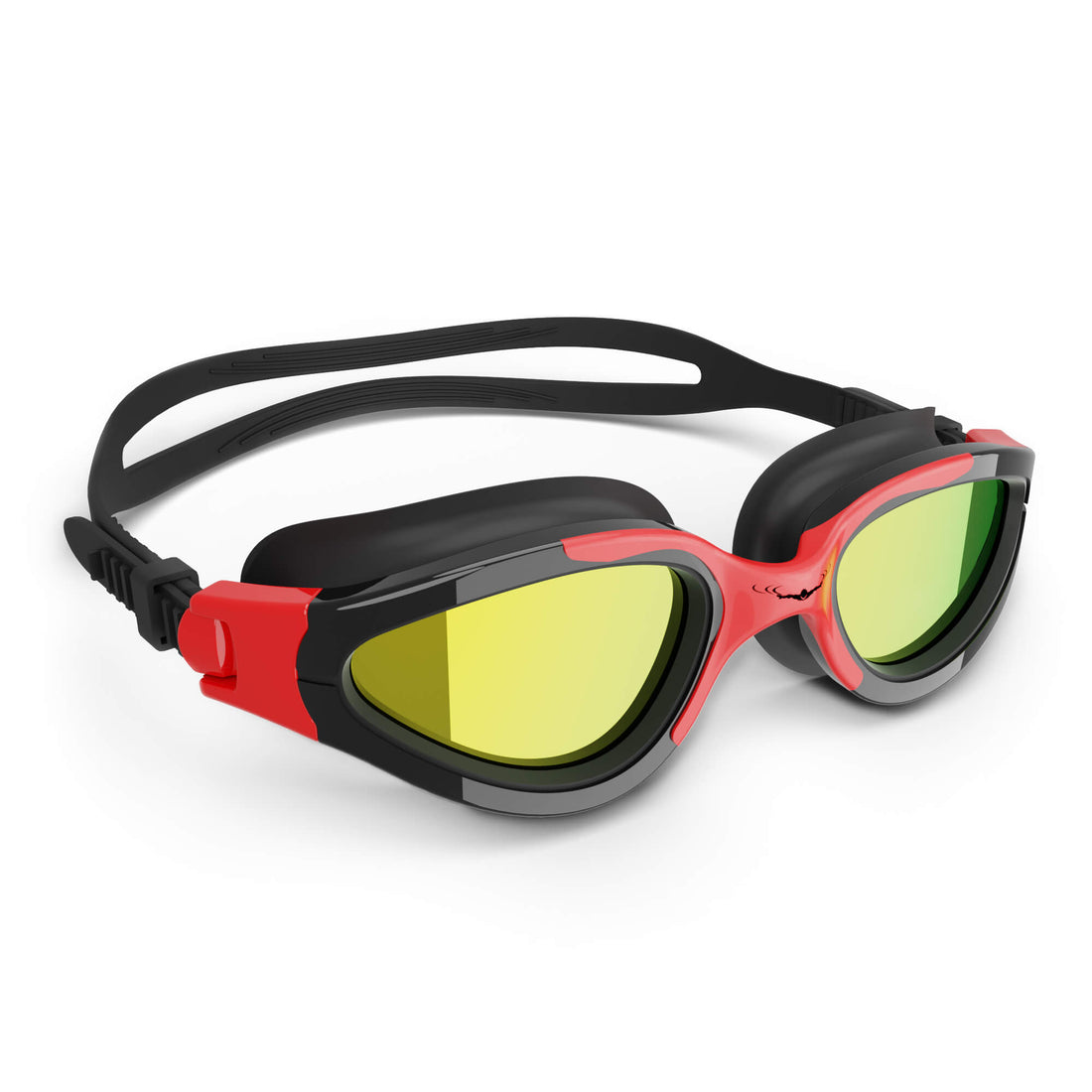Swimming is not only a fun and refreshing activity but also an essential life skill that can provide numerous health benefits. Understanding different swimming strokes and their techniques can greatly enhance your swimming experience whether you're swimming for fitness, competition, or recreation. Along with your equipment, such as swim goggles, swim caps, and protective cases for goggles, mastering these techniques is crucial for improving performance and comfort in the water. In this comprehensive guide, we’ll cover various swimming strokes, their techniques, and tips to elevate your skills.
The Importance of Swimming Strokes
Swimming strokes are the fundamental methods that swimmers use to propel themselves through the water. These techniques are not just for speed; they also focus on efficiency, endurance, and safety. Here are a few key reasons why understanding swimming strokes is essential:
- Improved efficiency: Proper technique allows you to swim faster with less energy.
- Enhances endurance: Better technique means you can swim longer distances without tiring.
- Boosts safety: Mastering strokes can save lives during emergencies.
- Increases enjoyment: The more you know, the more fun you can have while swimming!
The Four Main Swimming Strokes
There are four primary swimming strokes: freestyle, backstroke, breaststroke, and butterfly. Each stroke has its unique techniques and benefits. Let's dive deeper into each one.
1. Freestyle
The freestyle stroke, also known as the front crawl, is the fastest and most popular swimming stroke. It’s ideal for long-distance swimming and is often used in competitions.
Technique:
- Body Position: Keep your body flat and horizontal in the water, minimizing drag.
- Arm Movement: Alternate your arms in a windmill motion, fully extending them in front and pulling them back through the water.
- Kick: Use a flutter kick, keeping your legs straight but not rigid. Your ankles should be relaxed.
- Breathe: Turn your head to the side to inhale and exhale quickly as your face returns to the water.
2. Backstroke
The backstroke is the only stroke performed on the back, making it unique and a favorite among swimmers. It’s great for improving posture and shoulder mobility.
Technique:
- Body Position: Keep your body straight with your hips close to the surface of the water.
- Arm Movement: Move your arms in an alternating motion, similar to freestyle but above the water.
- Kick: Continue with a flutter kick, focusing on keeping your legs close to the water surface.
- Breathe: Since your face is out of the water, inhaling and exhaling is natural, but maintain a steady rhythm.
3. Breaststroke
The breaststroke is often considered one of the easiest strokes to learn. It is characterized by its frog-like movement and is commonly used in leisure swimming.
Technique:
- Body Position: Keep your body horizontal and glide through the water to minimize resistance.
- Arm Movement: Pull your arms out to the side, then sweep them back in a circular motion to the front, allowing for a powerful push.
- Kick: Utilize a frog kick by bending your knees and bringing your heels toward your bottom before kicking out.
- Breathe: Lift your head out of the water to inhale during the arm pull phase.
4. Butterfly
The butterfly stroke is noted for its difficulty and is often seen as the most physically demanding. It is used primarily in competition swimming.
Technique:
- Body Position: Keep your body undulating like a wave, with your hips breaking the surface slightly.
- Arm Movement: Both arms move simultaneously in a circular motion; when one arm goes forward, the other should be pulling back.
- Kick: Utilize the dolphin kick—keeping your legs together and moving them as one.
- Breathe: Lift your chin and inhale as your arms pull back, returning your face to the water as they recover.
Tips for Improving Your Stroke Techniques
Great swimming is all about practice, but here are some valuable tips that can help improve your techniques:
- Swim Regularly: Consistency is key. Regular swimming sessions help refine your skills.
- Watch Tutorials: Video tutorials can provide visual demonstrations of proper technique for each stroke.
- Get Feedback: Consider working with a coach or experienced swimmer who can provide constructive feedback.
- Invest in Quality Gear: Utilize quality swim goggles for clear vision underwater and swim caps to streamline your body.
- Protective Cases for Goggles: Storing your swim goggles in a dedicated protective case can prevent damage and ensure longevity.
- Warm-Up: Always stretch and warm up before swimming to prevent injuries.
Enhancing Your Swimming Experience
To truly enjoy your time in the water, you must also consider the comfort and practicality of your swimming gear. Wearing appropriate equipment, such as swim caps and swim ear bands, can protect your hair and ears, respectively, ensuring a more enjoyable experience.
Choosing the Right Gear
Here are some factors to consider when selecting your swimming gear:
- Fit: Ensure your swim goggles, swim caps, and swim ear bands fit properly. This will make a significant difference in comfort and performance.
- Material: Choose materials that are durable and can withstand prolonged exposure to chlorine or saltwater.
- Function: Pick a protective case for goggles that can be easily carried around, allowing for safe storage when not in use.
The Importance of Maintenance
Maintaining your swimming gear is just as crucial as choosing the right equipment. Properly caring for your swim goggles, swim caps, and swim ear bands will extend their lifespan and keep them performing at their best.
- After use: Rinse your gear with fresh water immediately after your swim to eliminate chlorine and salt residues.
- Storage: Use a protective case for goggles to prevent scratches and damage when transporting them.
- Regular inspections: Check your equipment for signs of wear and tear regularly. Replace any damaged items as necessary.
Join the Wave of Passionate Swimmers!
Understanding various swimming strokes and their techniques is vital for becoming a better swimmer. Not only does it enhance efficiency and enjoyment, but it also promotes safety. When combined with the right gear—like swim goggles, swim caps, swim ear bands, and a protective case for goggles—you can ensure an exceptional swimming experience. Dive into the water, practice your techniques, and embrace the joy that comes with mastering different strokes!










